Cultural heritage or just a funny German tradition?
Walking through a German suburb, you often get to see some little red-capped and white-bearded creatures, smiling or staring at you. Garden gnomes. “Oh no”, you think while passing by, “this is so typically German”. In fact, an estimated 25 million garden gnomes live in Germany’s gardens. So, no wonder that they became a part of many people’s imagination of a German stereotype. But do you actually know where this trend comes from?
What are garden gnomes?
Garden gnomes are small statuettes that are used as garden décor. Most of them look like squat little men with white beards and red pointy hats, so-called Phrygian caps. You can spot the typical gnomes doing leisure activities like gardening (while holding their garden tools, of course). However, a current funny part of this trend is that some gnomes portray stereotypes of certain groups or carry uncommon attributes. So, a real garden gnome collector may be in possession of figures with biker suits, a German football jersey or a bathing suit and sunglasses. People might even give them names – there really are no limits to creativity!
The origin of garden gnomes
To discover how these little guys actually came to end up in our gardens, we have to travel back to ancient Rome, when decorating already was a huge thing. Back then they put statues of their fertility god in gardens to defend them from evil spirits. During the Renaissance era, the folklore around gnomes grew thanks to German fairy tales and myths. Inspired by stories portraying gnomes as little creatures living in forests, people put the statues in their gardens as well by the beginning of the 18th century. However, at this time only wealthy families could afford that, as the first gnomes on the market were made of terra cotta. Nevertheless, the trend soon spread across Europe and the production of garden gnomes flourished in Germany. Thanks to new and more economical options for material, gnomes also became affordable for lower classes.
The mystic part behind it
“Garden gnome” comes from the Greek genomos meaning “earth-dweller”. As I already said, the popularity around gnomes emerged from myths and legendary tales. Gnomes were believed to have magical powers and to live underground or deep in a forest. Traditionally, people believed that gnomes could help humans in their garden, but only during the night when nobody could see them – as in the light of day they would again transform into stone. We might probably never know if this part of the story was really true – or have you ever spent an entire night in your garden looking to see if anything was moving?
The traveling gnome prank
If you’ve never heard about the Garden Gnome Liberation Front, this game will probably amuse you. The community originating in France made it their mission to liberate garden gnomes from their owners’ servitude and take them with them on their travels. The owners then received pictures of their stolen gnomes in front of famous places – and when the gnomes were returned after their journey, they often carried a travel diary documenting their newly gained freedom.
So, a German cliché?
As you’ve seen, there’s much more behind the story of garden gnomes than you might have thought. Their stories date back to ancient mythologies about gnomes and dwarfs, which were told through generations. Today, apart from a handful of serious garden-gnome-collectors, people certainly regard them as funny. However, they’re still part of Germany’s cultural heritage.
Author: Marie Peter


 Let the cooking adventures begin!
Let the cooking adventures begin!

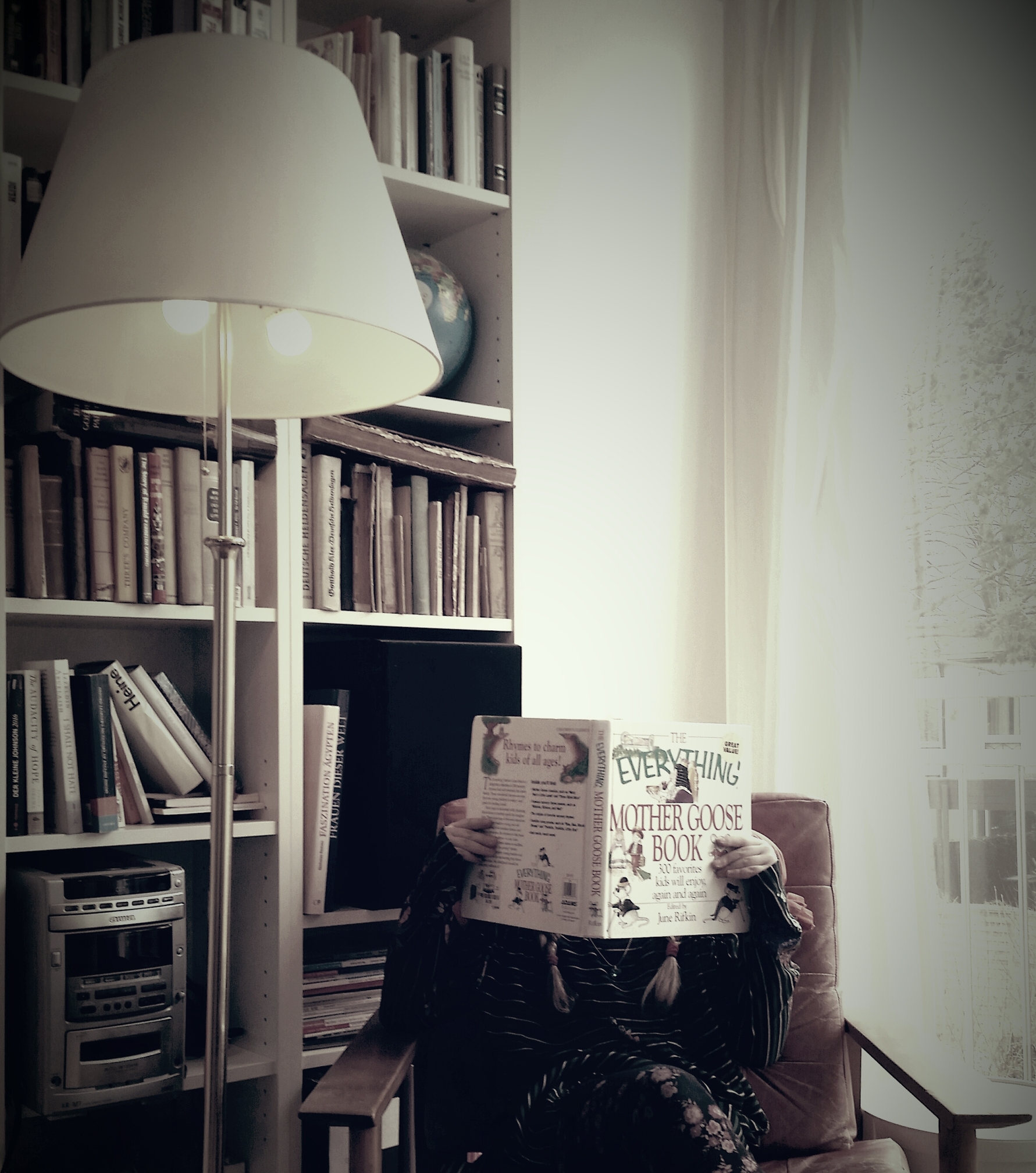
 Collections
Collections Baa, Baa Black Sheep
Baa, Baa Black Sheep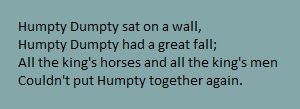
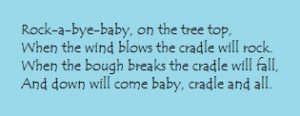



 To begin with, Christmas doesn’t start with an advent season. Good luck finding an advent wreath or even an advent calendar. Christmas time begins when Thanksgiving is over and after you’ve survived Black Friday horror. It seems like everything has switched to an “all Christmas format”. Radio and TV channels, shops which turn into little Christmas heavens overnight, simply everything. It’s impossible to pass a house which isn’t fully illuminated by lights, hundreds of reindeer figures, snowmen or Santa Clauses. Everything stands under the motto: the more the better, the brighter the better. It even becomes a thing or a nightly leisure activity to drive around, to go Christmas light sightseeing and to admire all the decorated houses. In the middle of December I got invited to an “ugly Christmas sweater” party. Ugly Christmas Sweater Party? Imagine a bad taste party, but you must wear the ugliest Christmas sweater you can possibly find. And by ugly I mean really ugly, like an illuminated, talking Santa on your boobs.
To begin with, Christmas doesn’t start with an advent season. Good luck finding an advent wreath or even an advent calendar. Christmas time begins when Thanksgiving is over and after you’ve survived Black Friday horror. It seems like everything has switched to an “all Christmas format”. Radio and TV channels, shops which turn into little Christmas heavens overnight, simply everything. It’s impossible to pass a house which isn’t fully illuminated by lights, hundreds of reindeer figures, snowmen or Santa Clauses. Everything stands under the motto: the more the better, the brighter the better. It even becomes a thing or a nightly leisure activity to drive around, to go Christmas light sightseeing and to admire all the decorated houses. In the middle of December I got invited to an “ugly Christmas sweater” party. Ugly Christmas Sweater Party? Imagine a bad taste party, but you must wear the ugliest Christmas sweater you can possibly find. And by ugly I mean really ugly, like an illuminated, talking Santa on your boobs. As Christmas came closer, we wanted to put up the Christmas tree. We turned on some Christmas music and lit the fire. But when I asked my friends when we would finally drive to buy a Christmas tree, they just answered: “yeah, we already have one in our garage.” I don’t know what I found more shocking. The fact that it was plastic or that it was white.
As Christmas came closer, we wanted to put up the Christmas tree. We turned on some Christmas music and lit the fire. But when I asked my friends when we would finally drive to buy a Christmas tree, they just answered: “yeah, we already have one in our garage.” I don’t know what I found more shocking. The fact that it was plastic or that it was white.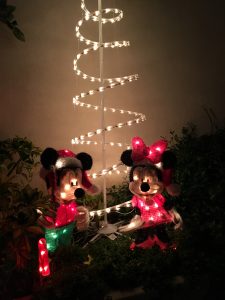 By one o’clock they were still unwrapping their presents and the only food we’d so far was one cinnamon roll two to five egg nogs, the delicious American version of egg liquor. My hopes for the big brunch were shrinking more and more. After the present handover, the cooking started. I was already starved by now and the egg nog wasn’t helping either. And then, finally the best part about Christmas started. The food. I was certain that after the amount of stuffed turkey, mashed potato and gravy and afterwards plum pudding, ginger bread and pumpkin pie I ate, I would never eat again.
By one o’clock they were still unwrapping their presents and the only food we’d so far was one cinnamon roll two to five egg nogs, the delicious American version of egg liquor. My hopes for the big brunch were shrinking more and more. After the present handover, the cooking started. I was already starved by now and the egg nog wasn’t helping either. And then, finally the best part about Christmas started. The food. I was certain that after the amount of stuffed turkey, mashed potato and gravy and afterwards plum pudding, ginger bread and pumpkin pie I ate, I would never eat again.
 Idag är Lucia inte någon särskilt religös högtid längre, utan snarare en fest för familjer och barn. De viktigaste symbolerna är vita kläder som barnen har på sig, samt ljus som bär i sina händer och på huvudet. Vanligtvis börjar Luciadagen tidigt på morgonen, hemma hos familjer, och forstätter i skolor, på dagis, universitetet och arbetsplatser. Hemma är det den äldsta dottern i familjen som är Lucia. Hon är klädd i en vit klänning med rött sidenband runt midjan och bär en krona med levande ljus på huvudet. Alla andra tjeierna följer henne som ”tärnor”. Tärnorna bär
Idag är Lucia inte någon särskilt religös högtid längre, utan snarare en fest för familjer och barn. De viktigaste symbolerna är vita kläder som barnen har på sig, samt ljus som bär i sina händer och på huvudet. Vanligtvis börjar Luciadagen tidigt på morgonen, hemma hos familjer, och forstätter i skolor, på dagis, universitetet och arbetsplatser. Hemma är det den äldsta dottern i familjen som är Lucia. Hon är klädd i en vit klänning med rött sidenband runt midjan och bär en krona med levande ljus på huvudet. Alla andra tjeierna följer henne som ”tärnor”. Tärnorna bär 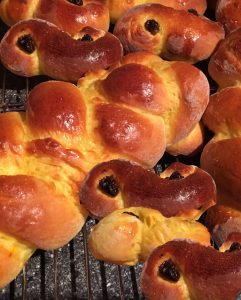 Namnet ”lussekatt” består av två delar: Lusse är en alternativ benämning på Lucia. A
Namnet ”lussekatt” består av två delar: Lusse är en alternativ benämning på Lucia. A